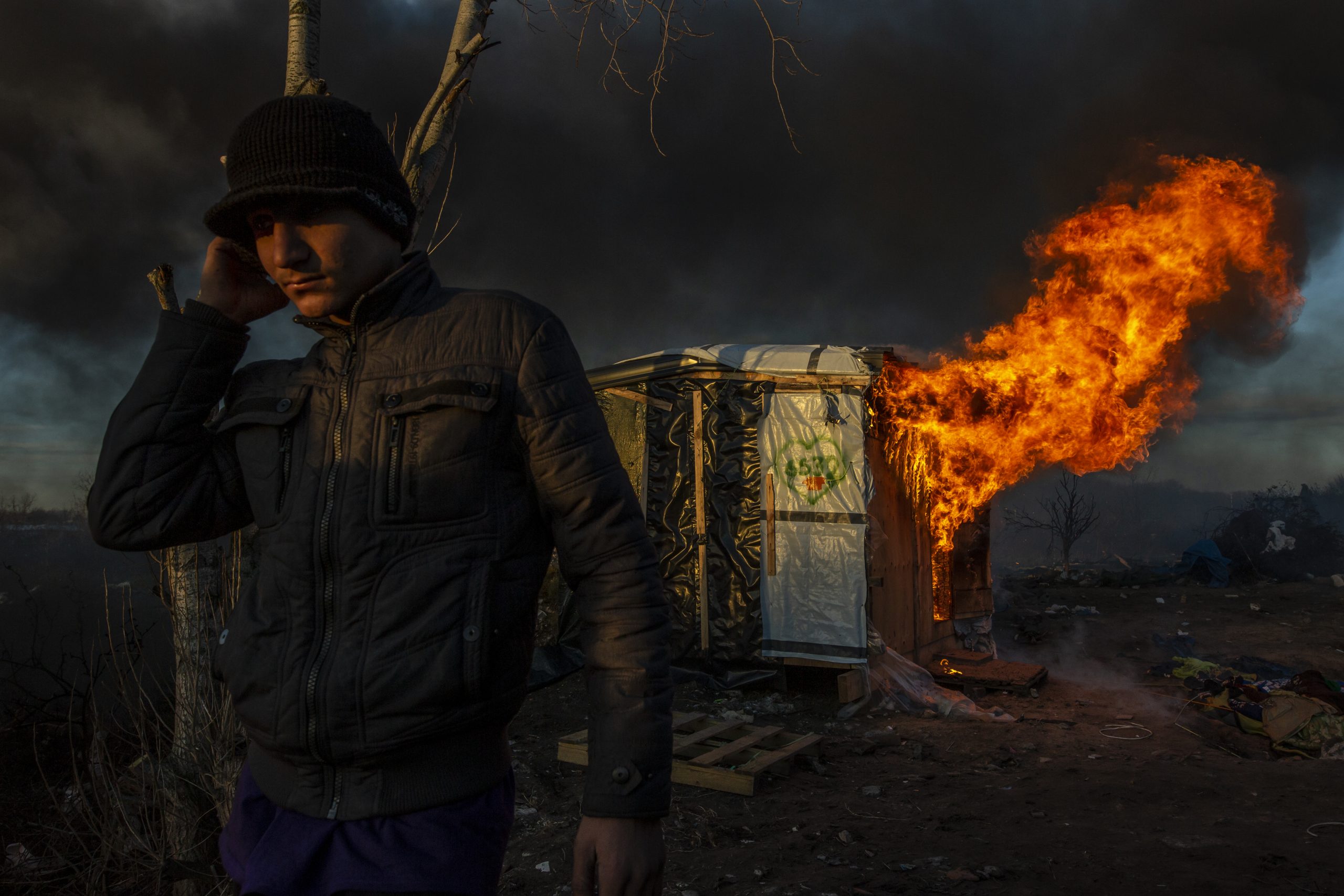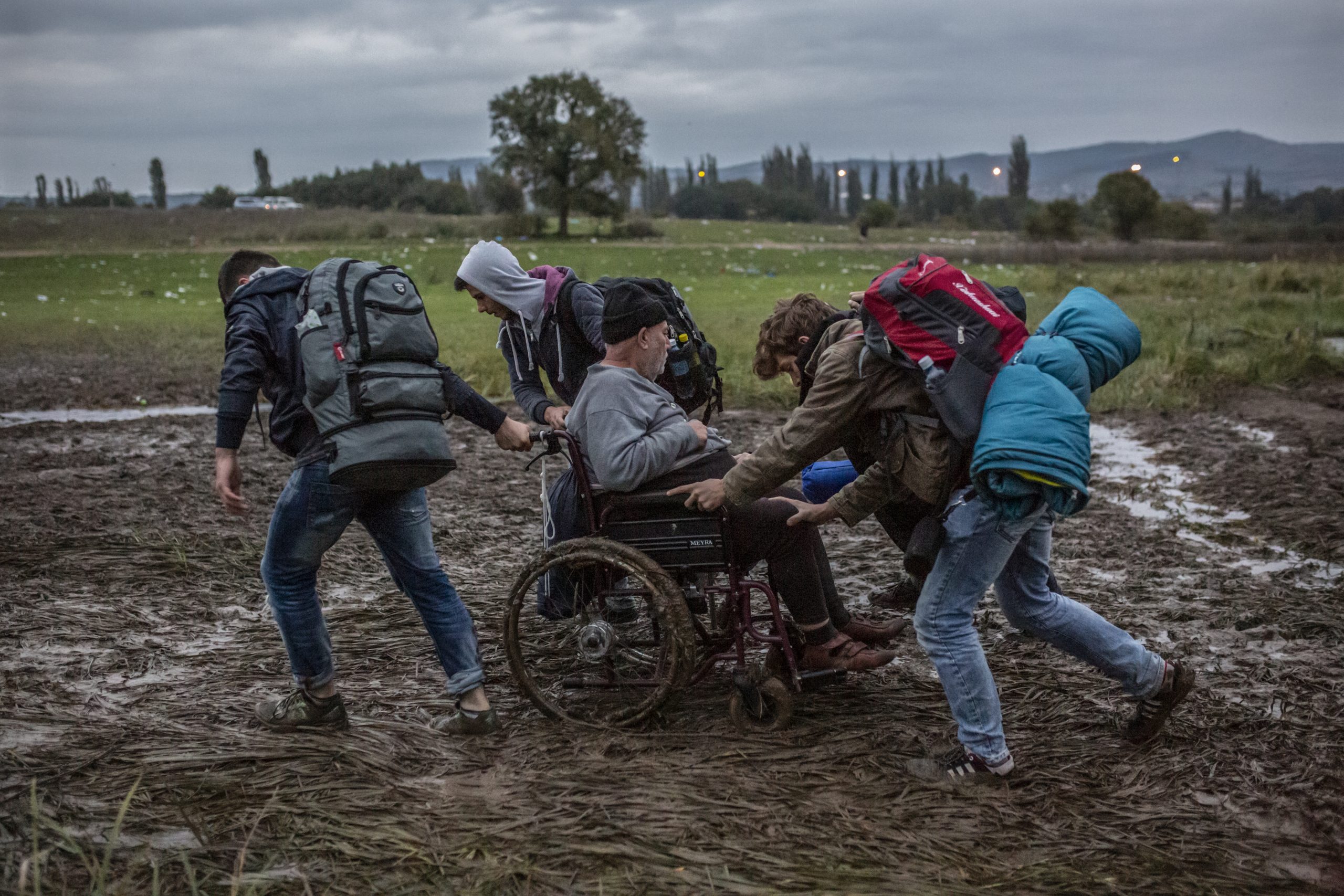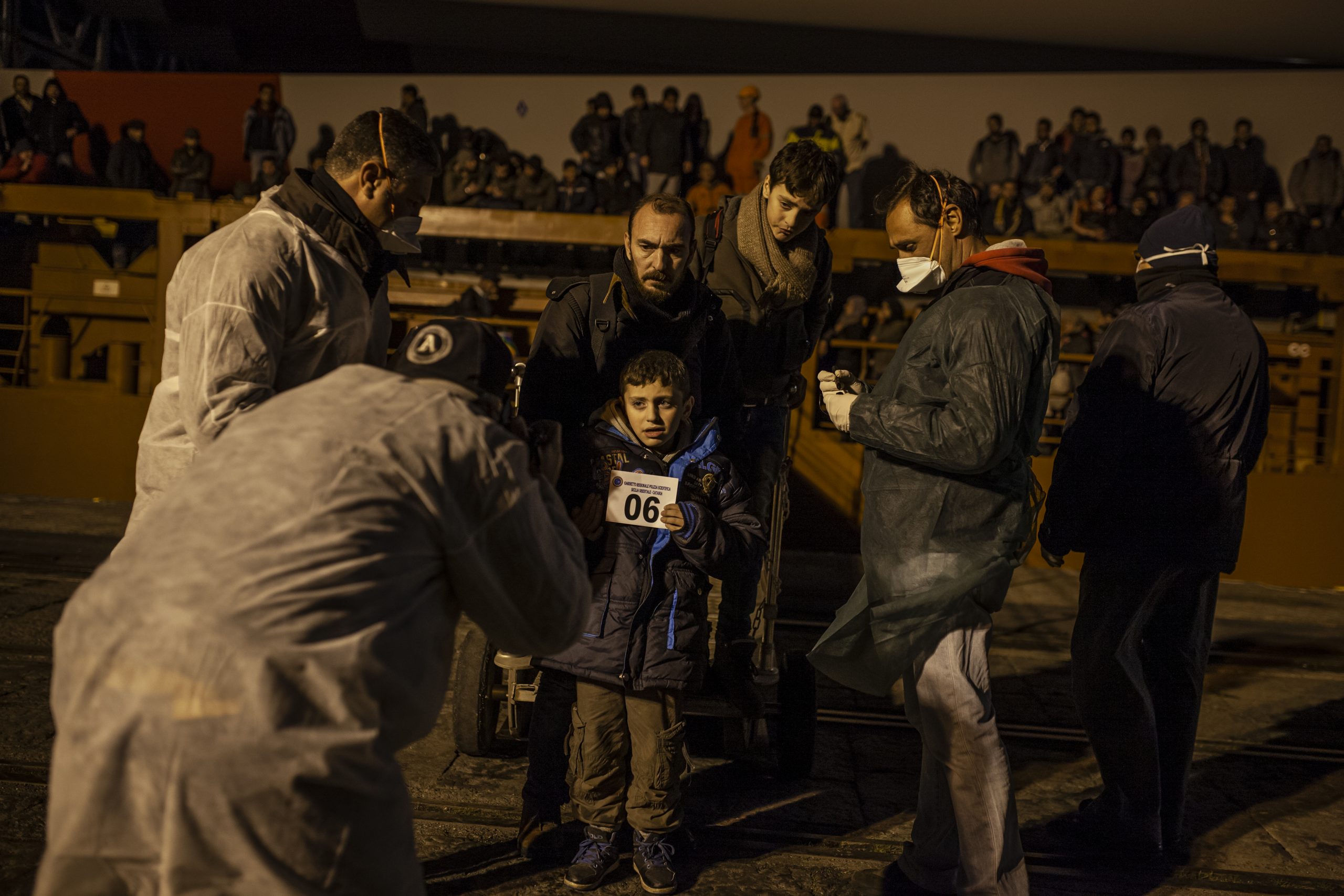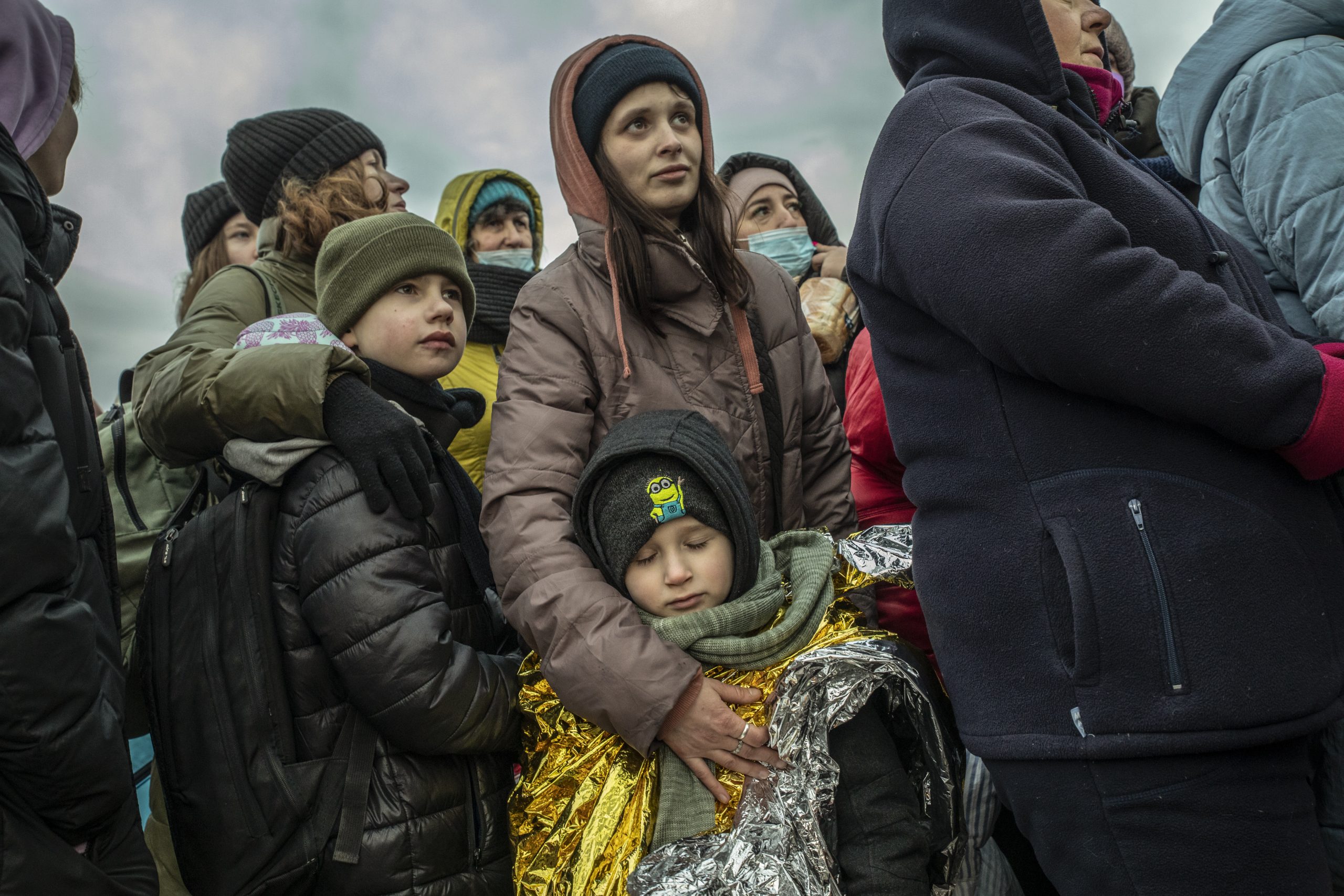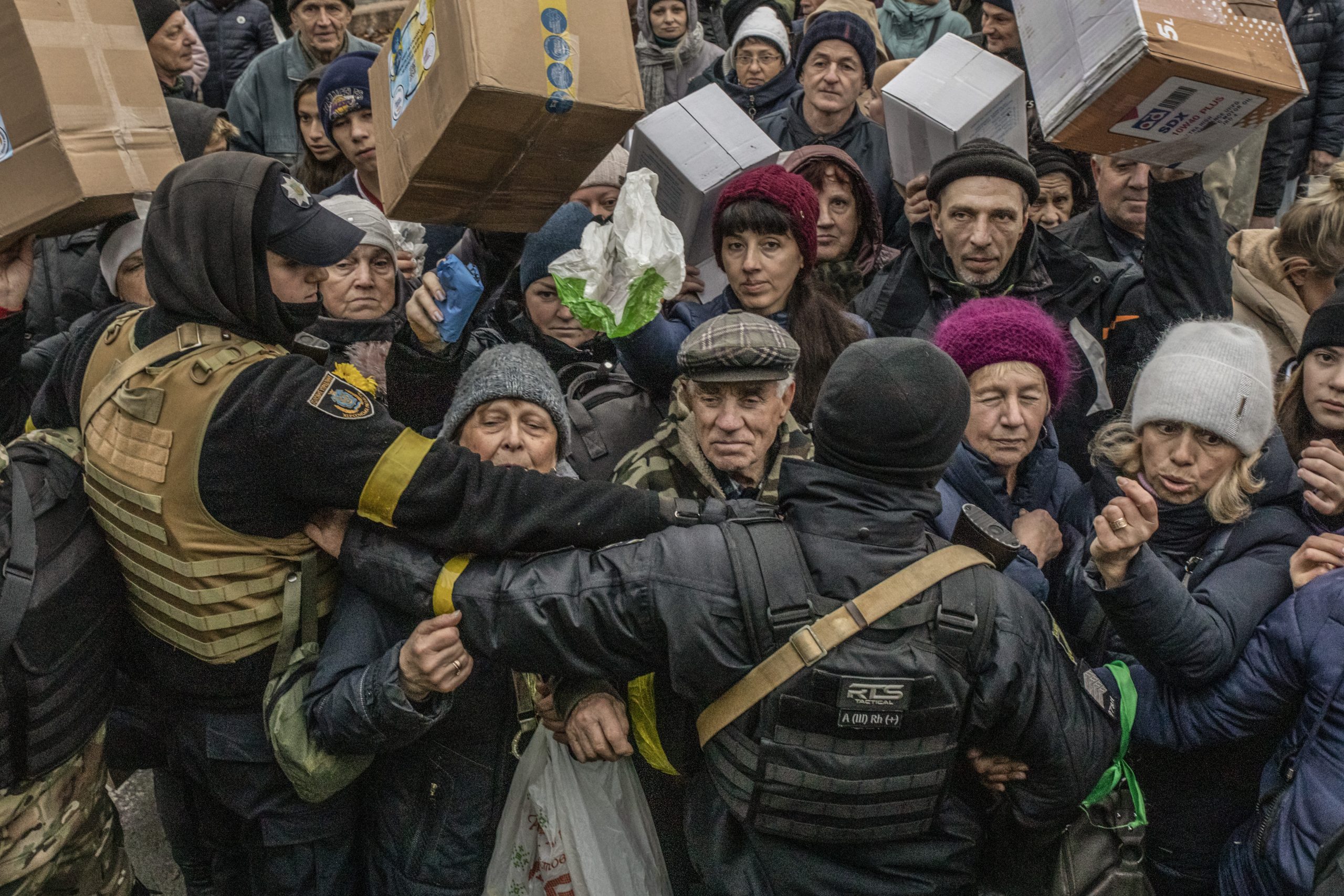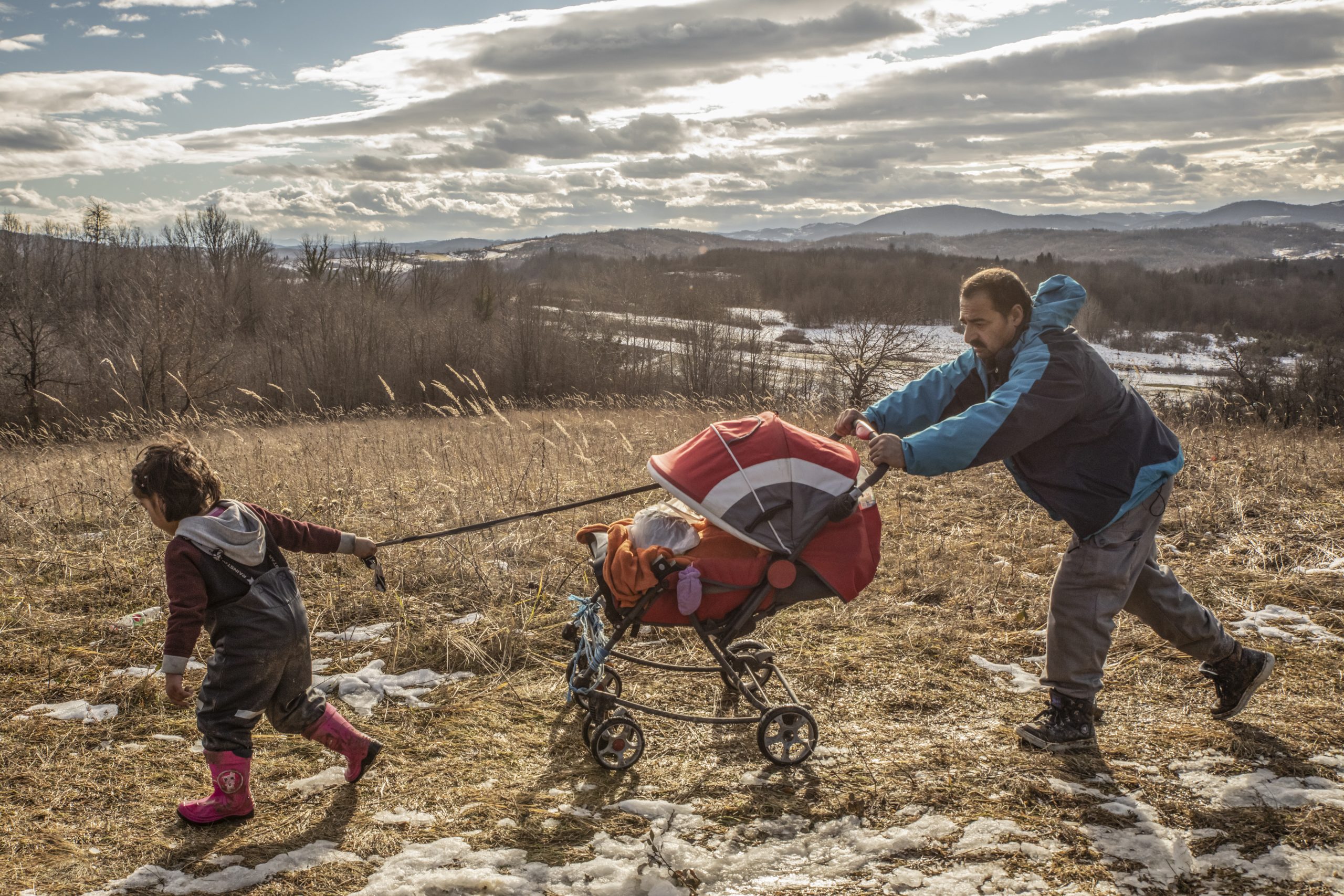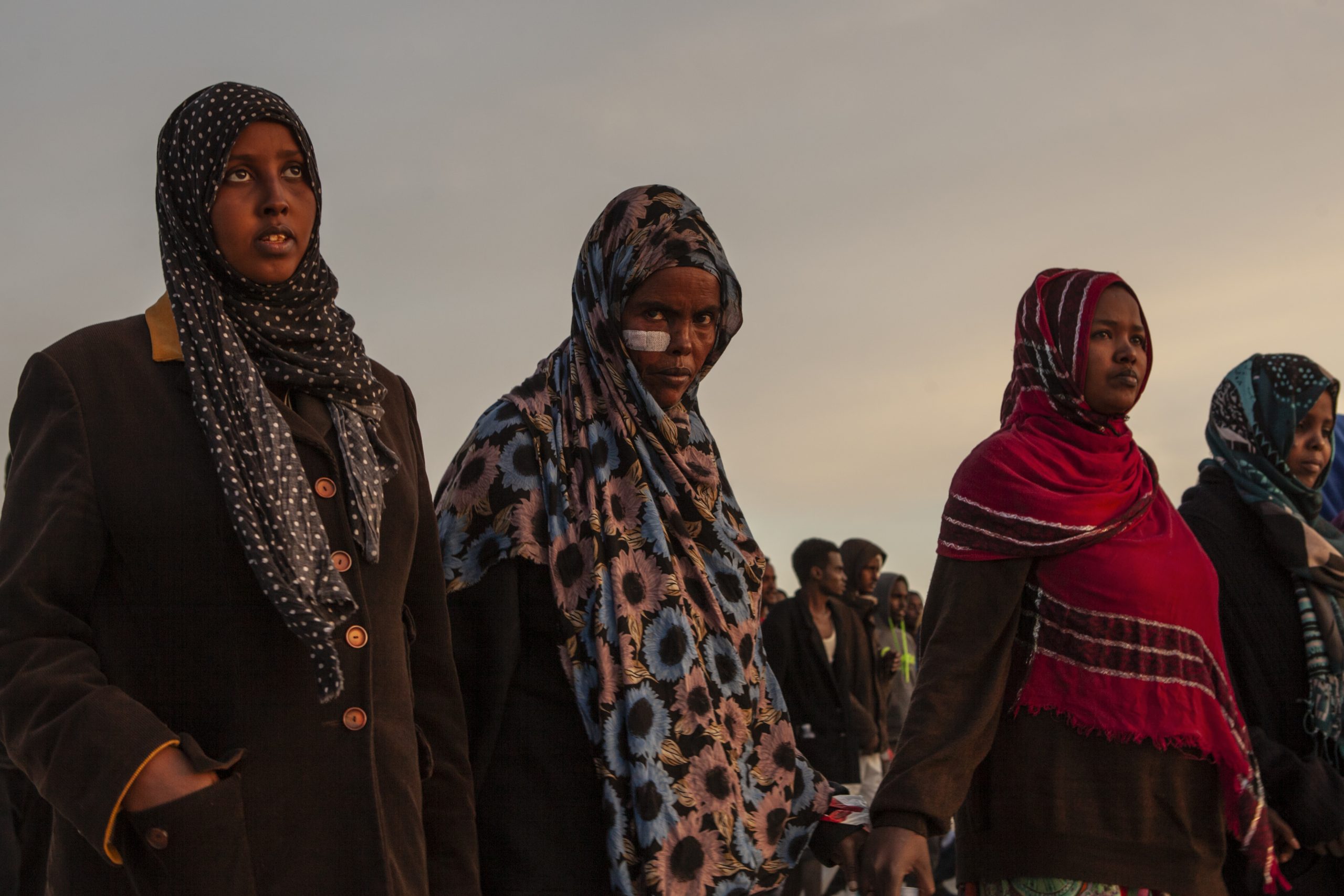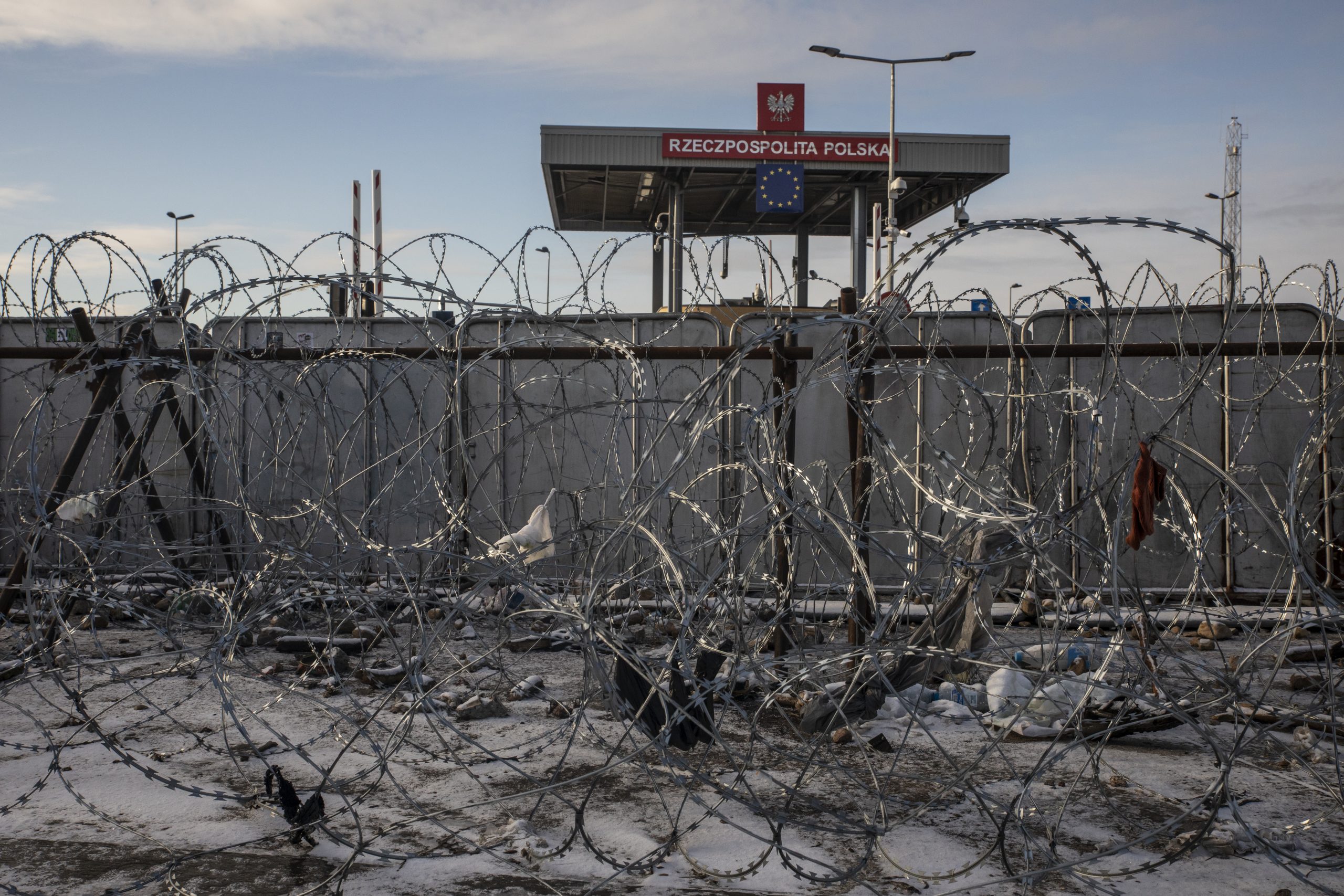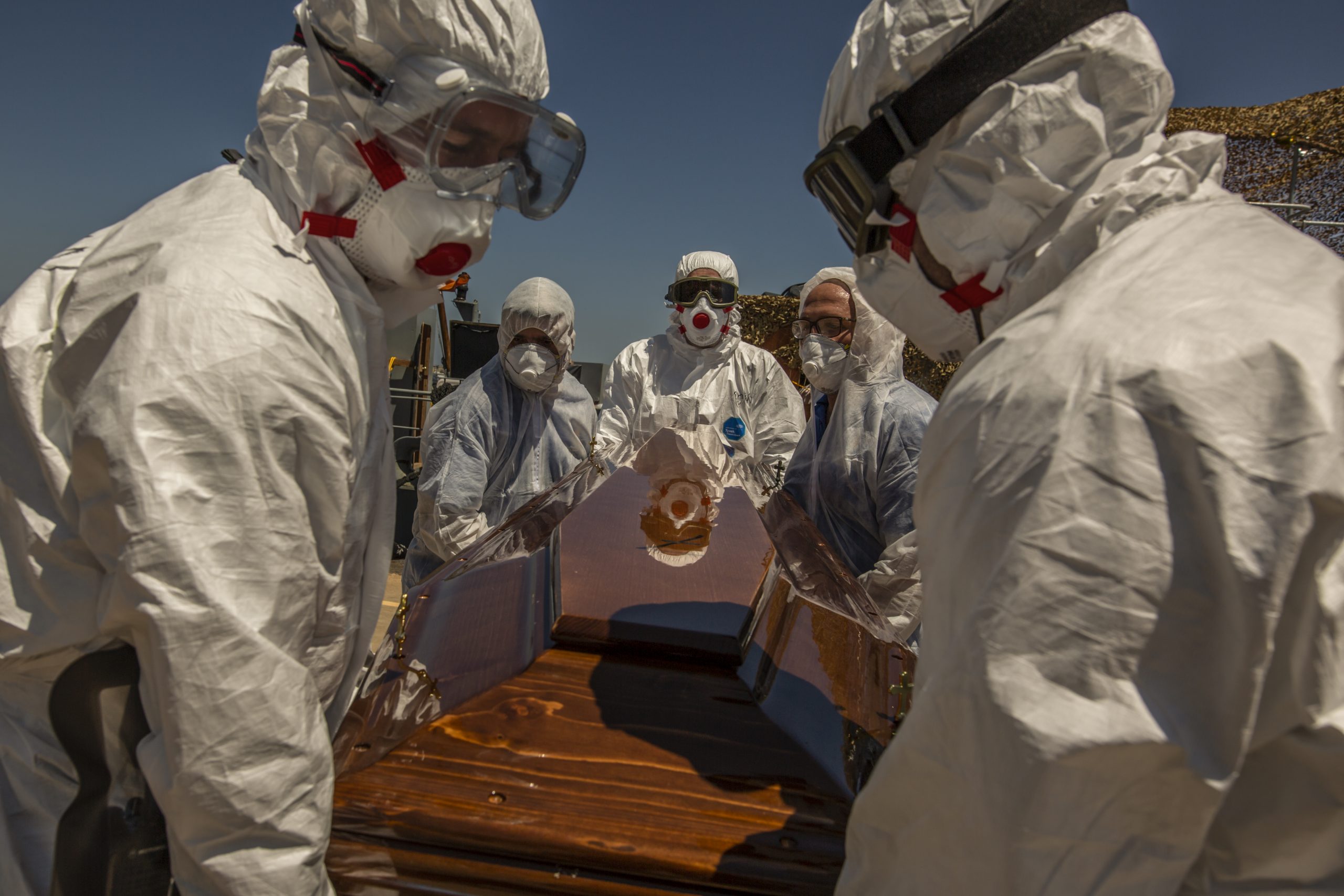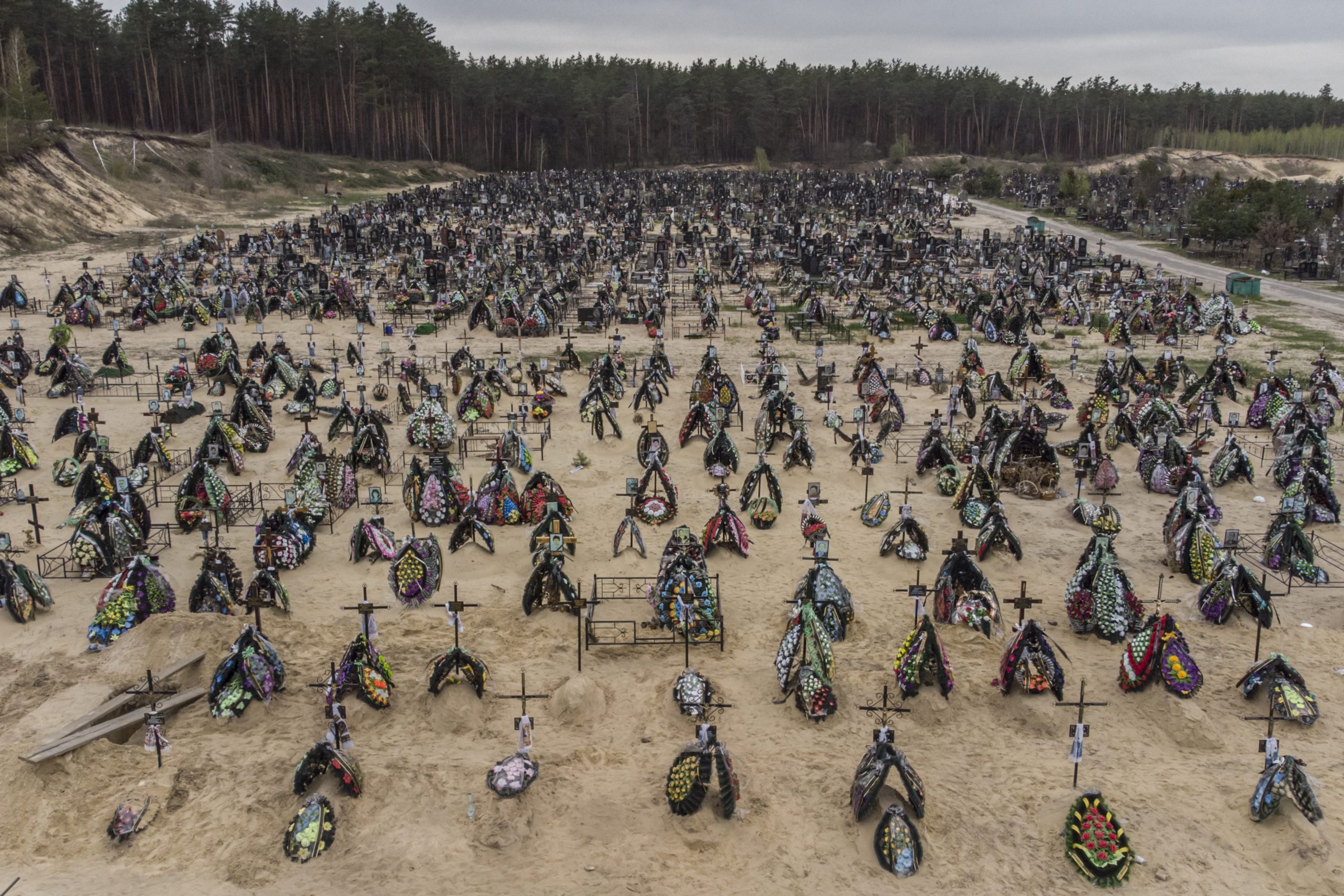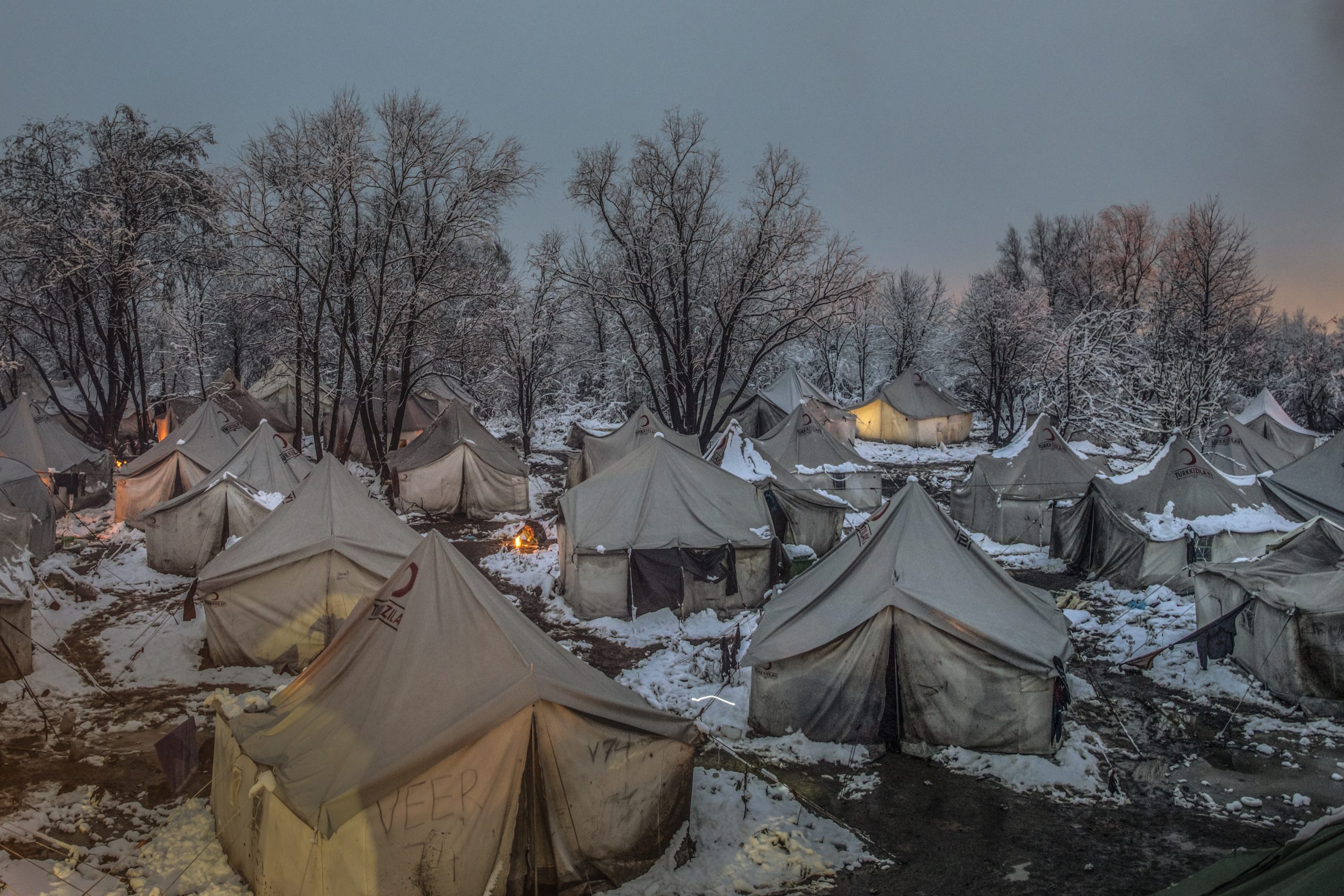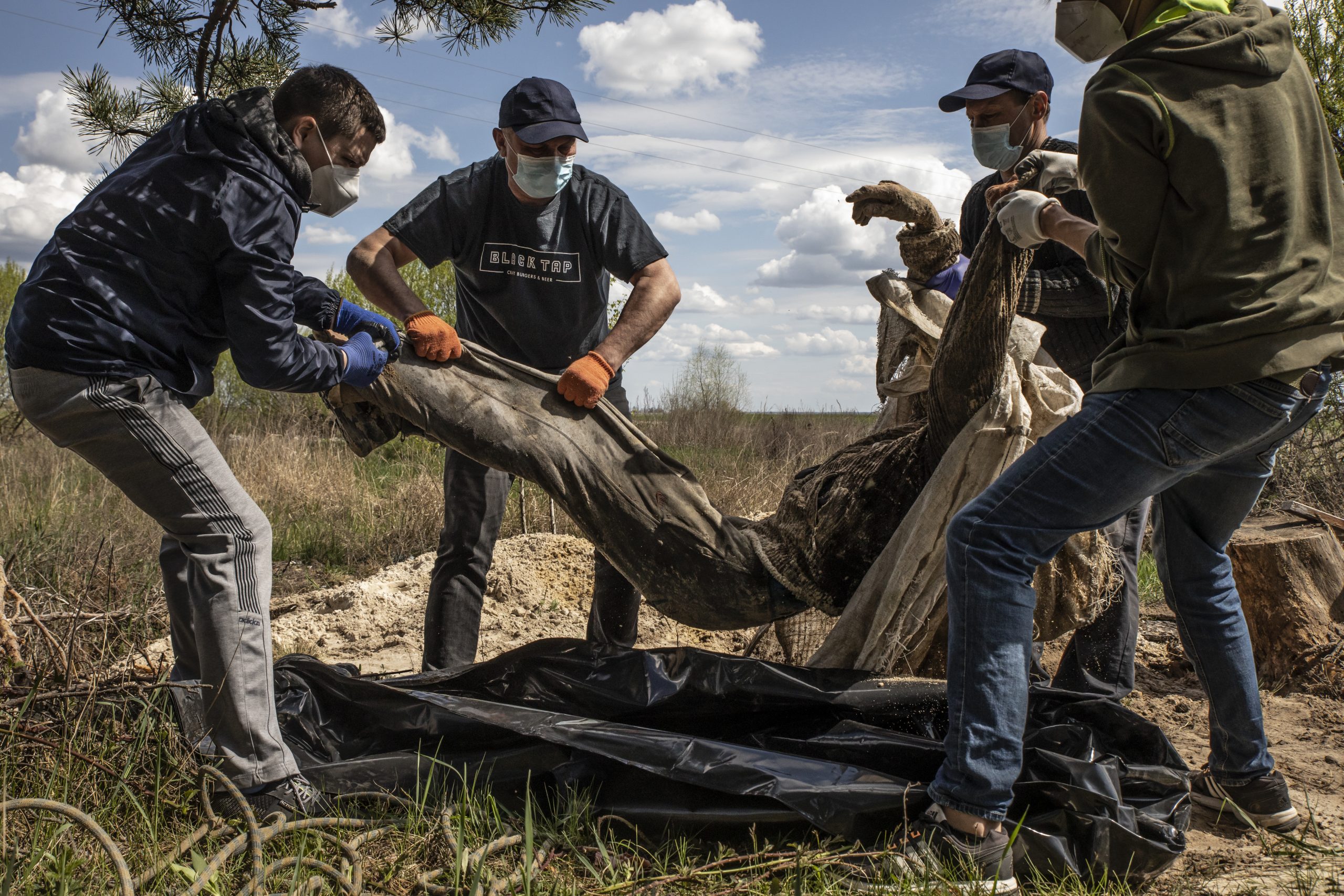
Alessio Mamo
You are a photographer who started working at the beginning of the new millennium. Do you think the role of this profession has changed from then to now?
My field is photojournalism. Our images must inform, but they also need to serve as testimonies for the future. The tools and platforms change and will continue to evolve over the decades, but the mission of the photojournalist remains the same, from Robert Capa to today: to faithfully and honestly tell the stories we encounter through our lens.
We’re used to seeing digital channels reveal events live as they happen around the world. From the perspective of information, do you think we’re more exposed to the risk of superficiality?
I would say citizen journalism is welcome. Often, these are amateur videos taken by people who witness an event, and these images are often the first to inform. In real-time, they help us understand the facts, especially when they come from unique testimonies.
The risk, however, is the possibility of manipulating and exploiting these videos, attributing different meanings to them precisely because they are decontextualized from the situation in which they were filmed. Certainly, in-depth analysis is needed. I believe there’s a crisis in Italy with weekly or monthly publications, which are the only tools capable of not just reporting news, but telling in-depth stories thanks to their more deliberate, reflective approach.
Today, it’s difficult to understand the difference between communicating and informing. What is your point of view?
I think this is a fundamental issue, especially considering the times of conflict we’re living in. Not everyone is capable of informing, but we all can communicate. To inform, one must have knowledge of the places and the context, ideally speak the local language, and have lived in that environment for years to overcome the barriers of prejudice and stereotypes that are otherwise immediately erected by those who neither know nor want to see beyond them.
In journalism, I see too many communicators and too few who truly inform. Perhaps this is part of the journalism crisis.
During your travels, you have witnessed numerous conflicts and the stories of many people forced to leave their homeland with no idea where to go. If we asked you to tell us one of these stories, which would it be?
Perhaps the story I’m most attached to is that of Somar. I met him in Amman while he was preparing to face the most difficult adventure of his life: crossing the Balkans with his younger sisters to reach his brother in Germany. When he asked if I wanted to document their journey with my camera, I didn’t hesitate for a moment. It was September 2015, during the height of the so-called Balkan route crisis, where millions of refugees, mostly Syrians fleeing Assad’s dictatorship, like Somar and his sisters, were trying to reach Europe at any cost and by any means. Many wouldn’t make it, and the Aegean Sea would become another graveyard, like the Mediterranean.
More than 4,000 kilometers crossed in 44 days, with long walks but also bus and train rides, before reaching a town near Stuttgart, where Mousab, the fourth brother, lived. Since then, Somar and I have become close friends. He’s visited me in Sicily several times, and I’ve done the same. But the next occasion will be the most special: in June, Somar is getting married, and, of course, I’ll be the official photographer for their wedding.
With your project African Ghosts in Sicily, you tell the story of the alienation of migrants arriving on our shores. Do you think photography can contribute to changing the public perception of migrants and refugees? If so, how?
That’s a complex question. Those who do my job and deal with topics like refugees feel a strong desire to contribute, through images and stories, to changing a public perception that often lacks the eyes to see or the ears to listen. And then everything becomes frustrating, and you question the purpose of your work. The answer I always give myself, every time I face a crisis, is that this perception would be infinitely worse if there wasn’t a certain kind of journalism: the one that strives to tell social issues and human rights violations.






















